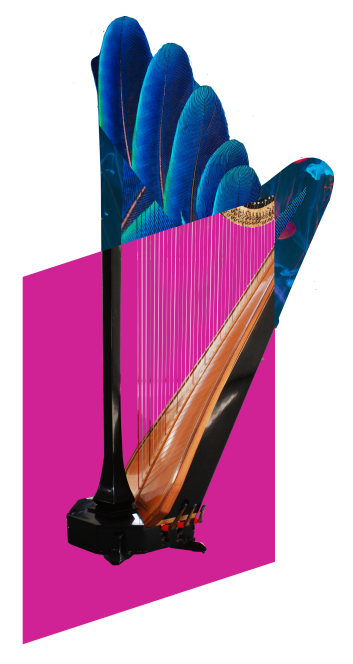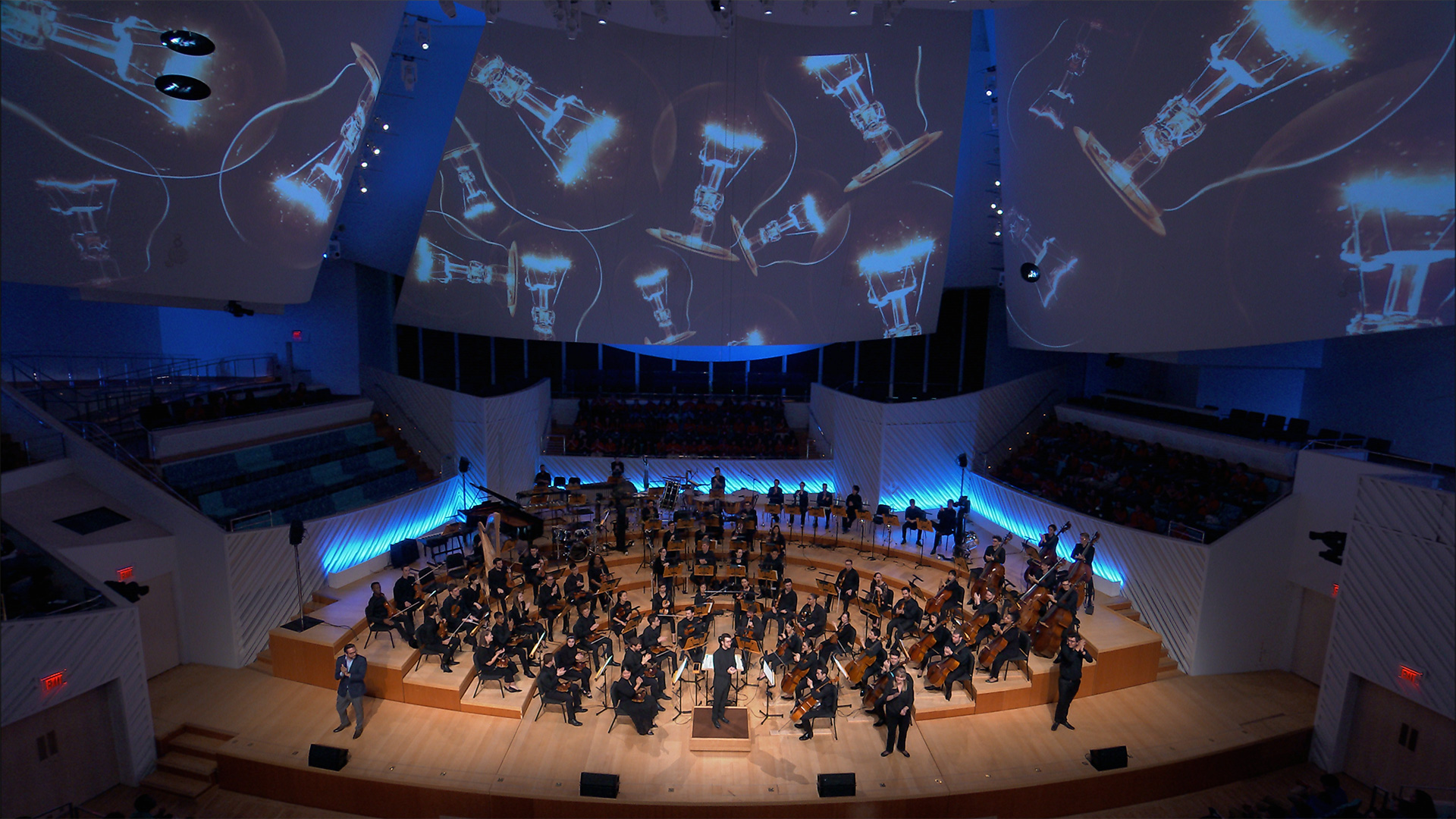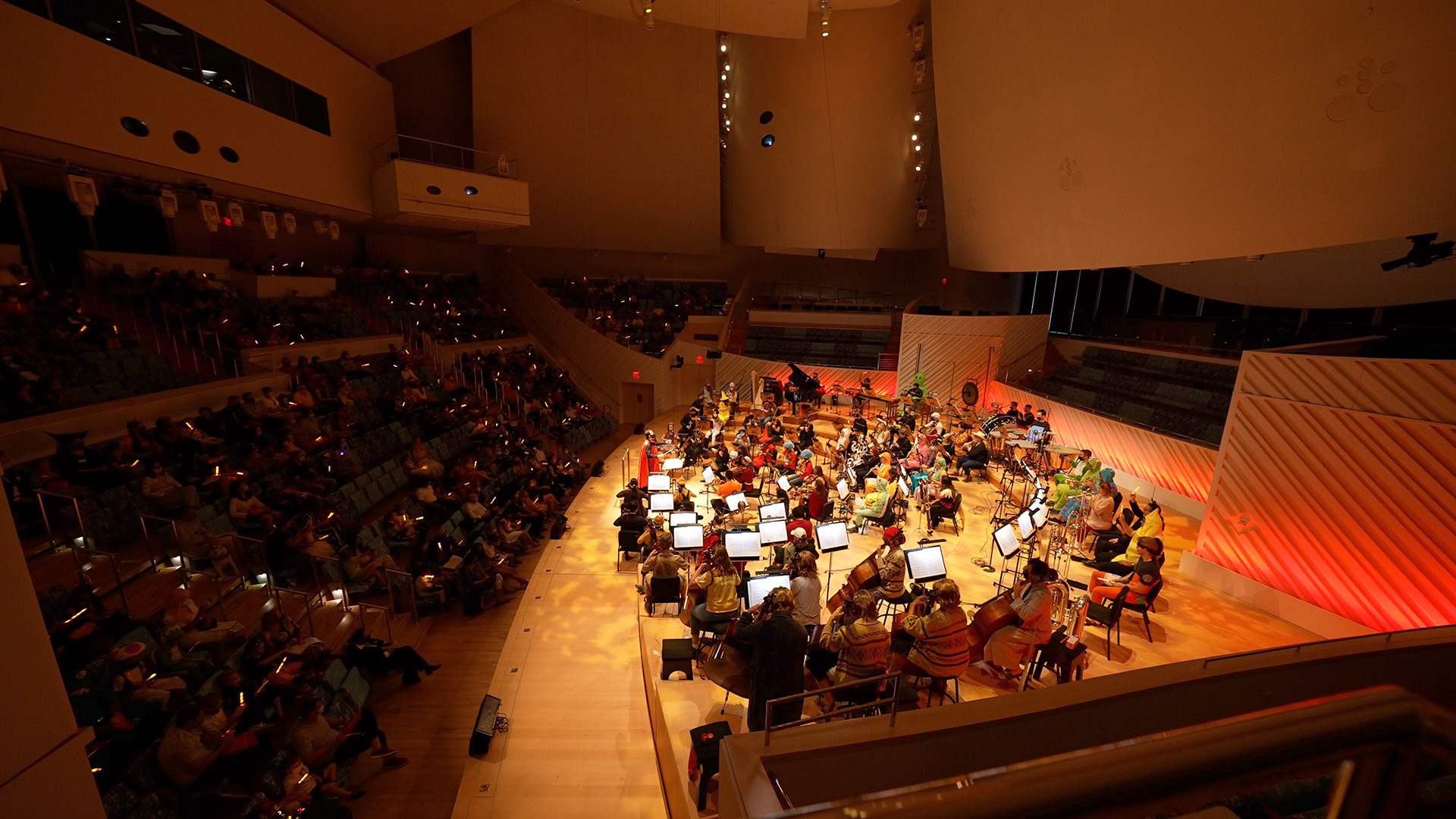Rhythmic Roulette

Goals
Audience will experience the effect changing a rhythm can have on style and expression.
Overview
Play a piece, experimenting with different rhythms. Ask which style the audience would like to hear the passage in, and reflect on the effect of the rhythmic change.
Process
- Choose a passage in the work you have selected with a rhythmic element. Isolate the rhythmic element.
- Choose 2-4 variations on that rhythm that will create different atmospheres or styles, and renotate these examples for yourself. These changes could be modifying a rhythm within time signature or bar, such as making straight eighth notes into dotted eighths with sixteenths, reversing a quarter note and half note pairing, playing a phrase backwards in rhythm, etc. The changes could be more fundamentally drastic like putting a waltz in 2/4 time, or a march into 3/4 time. You can also augment or diminish a rhythm (which also demonstrates a common compositional tool!)
- In the performance, either demonstrate some of your preselected styles (Interactivity Level 2), or ask the audience which styles they’d like to hear (Interactivity Level 3). Feel free to accentuate different stylistic elements of each rhythm to emphasize the effect of a changing rhythm for the audience.
- Optional: After performing the passage in a/each style, ask the audience how they felt the changed passage affected the music. Make sure to validate the audience responses. (Interactivity Level 3).
Audience Type

What does this activity look like in action?
Example Script:
Piece: Johann Strauss – Blue Danube Waltz
Performer: Rhythm is one of the fundamental building blocks in music. Composers use rhythmic changes to develop a piece, move their audiences in a variety of ways, and to infuse stylistic changes to create completely different atmospheres in their music. This next activity will explore how changing a rhythm can affect a piece of music.
Let’s listen to Johann Strauss’s Blue Danube Waltz as he wrote it:

Performer: Let’s transform his composition into a different style. Here’s our first transformation: we’ll play it as a march in cut time!

Performer: How do you feel that the rhythm changed the feel of the piece? Do you think you could dance a waltz to that?
Let’s see if it still feels like a dance if we transform some of the rhythms but keep it in 3/4 waltz time!

How do you feel that rhythm changed the piece?
Which version was most effective?
Let’s listen to the whole piece now!

Modifications:
- Can be modified to Interactivity Level 1 with short demonstrations of rhythmic changes.
Notes:
- “Musical Moods” is a similar activity. Feel free to explore pairing/exchanging options between them.
Create interactive performances. We have activities to help you connect with your audiences.


